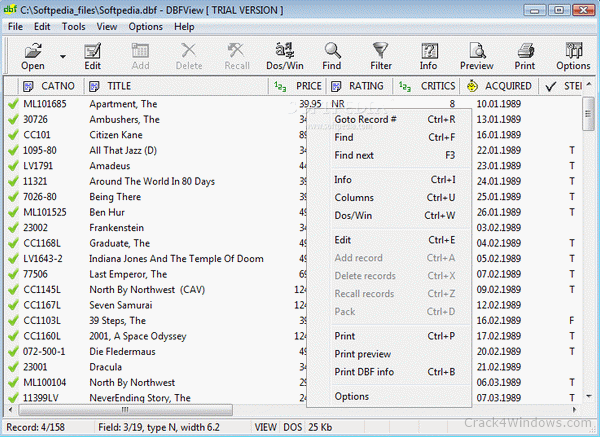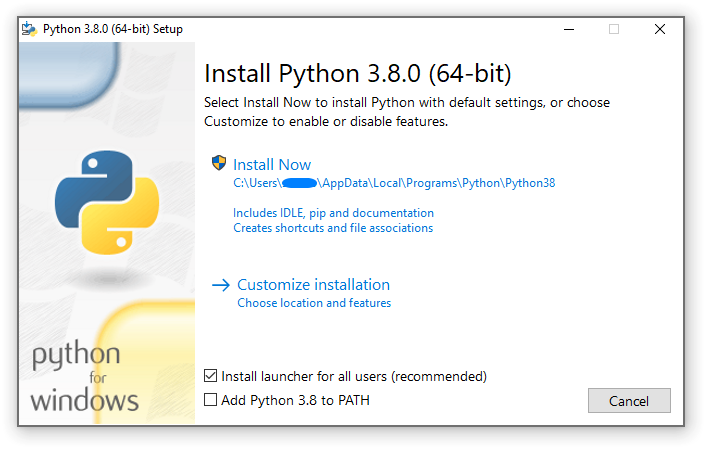
The meter on the left indicates the degree of your whole track, whereas the small meters across the road indicate the amount of each track.On the primary interface, you can view all of the mixer channels, and the master station on the left.Each station will be assigned to a mixer track in the Channel Rack, by the amount we discussed earlier.The mixer is one of my favorite tools due to routing capabilities and the processing of sound design.

As soon as you have your sounds organized, you need it.
The mixer is where the magic occurs with processing. No Paint (Sequencer) controller (not applicable)Slip: Move the content of every clip without affecting the start and finish times (really useful for adding fascinating rhythms and time ). You also have an assortment of devices like the piano roll, with two variations. Again, the menu is at the top left, but it doesn’t cover every feature. You can resize the track, and you can turn the track on or off by left-clicking on a track and clicking on a specific track to clear it. There are many tracks that can be attached, such as a channel rack. This is what the previous section describes. In addition, some automatic clips you created will appear here. You can drag sound samples directly to the layout and adjust them as you wish, without having to load them into the sampler and play notes. A place where you can use more than just templates. You can customize it for any track, including the beauty of FL Studio. To the left of the selector, you can select and drag the pattern created on the channel rack. So you want to make a complete track and create some templates? To look at style is to do so. chords and chords (the Stamp segment ) however, we won’t delve into this time. particular grid (beats or pubs ), completely alter the letters you have got in there (the Tools segment ), and add entirely new. On the top left, you have got a few advanced MIDI editing choices that could change the snapping of these notes to a. Playback: one of my favorite features, allows you to listen to what documents are playing in a given time by clicking. Zoom: click to zoom in on all records, click and drag to zoom to a specific place. Select: click and hold to select a set of notes. Slice: split bills into multiple components by clicking and dragging a line. Mute: deactivate specific notes by clicking on them. Delete: remove notations by clicking on them. 
Paint (Sequencer): paint in steps and repeat them (by dragging).

Paint: paint in letters and replicate them (by dragging).Draw: draw notes and transfer them around.We will not go into heaps of depth here, but we’ll unpack some of the critical features to have you banging chord progressions. Beyond this, the Piano Roll has adequate performance.







 0 kommentar(er)
0 kommentar(er)
